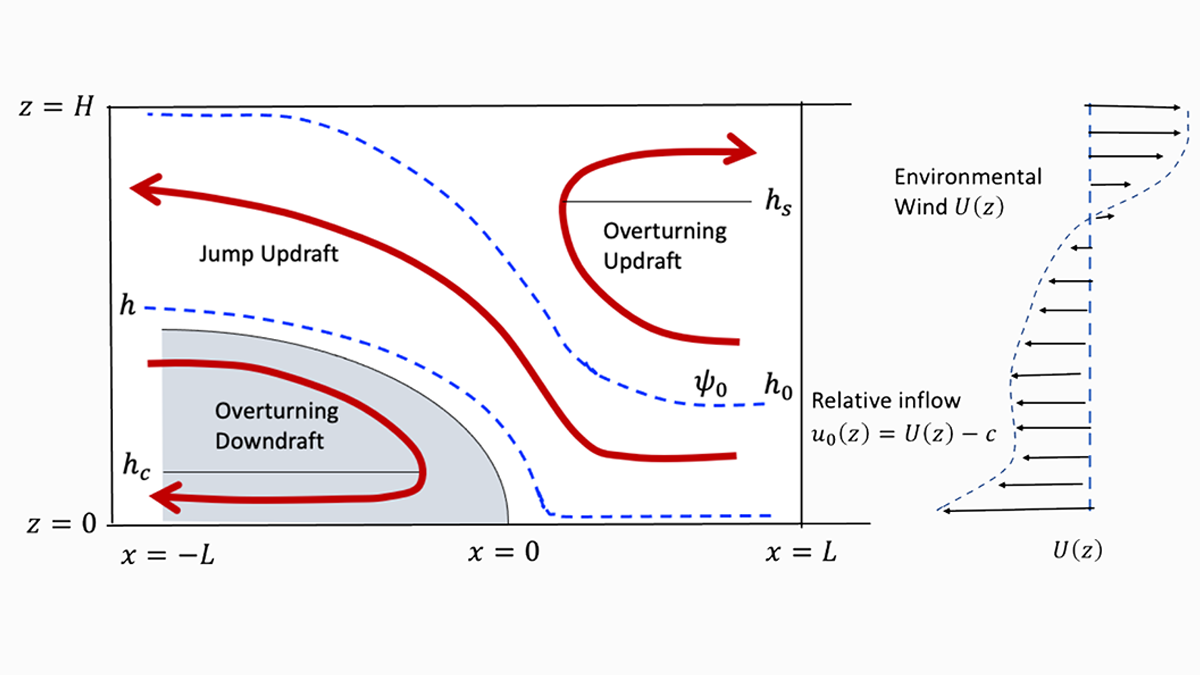Source: AGU Advances
Editors’ Highlights are summaries of recent papers by AGU’s journal editors.
Squall lines often form the structural underpinnings of mesoscale convective systems, the major rain bearing system of the tropics. Squall-line dynamics are also thought to be mimicked by shallower precipitating systems, thereby underpinning variability in cloudiness in the sub-tropics. Zhang [2022] provides energetic arguments that link the main, and by now well-known, circulation features of squall lines to form a closed description of the two-dimensional squall line. Zhang’s theory makes predictions that can be tested observationally. In addition, and just as importantly, it provides a missing interpretative framework, one that will be needed to guide our exploration of new observations — from an emerging generation of satellites that is beginning to provide more dynamic information about the atmosphere — and from a new class of climate models that explicitly represent the squalls that Zhang’s theory explains.
Citation: Zhang, M. [2022]. An analytical model of two-dimensional mesoscale circulation and associated properties across squall lines. AGU Advances, 3, e2022AV000726. https://doi.org/10.1029/2022AV000726
—Bjorn Stevens, Editor, AGU Advances

